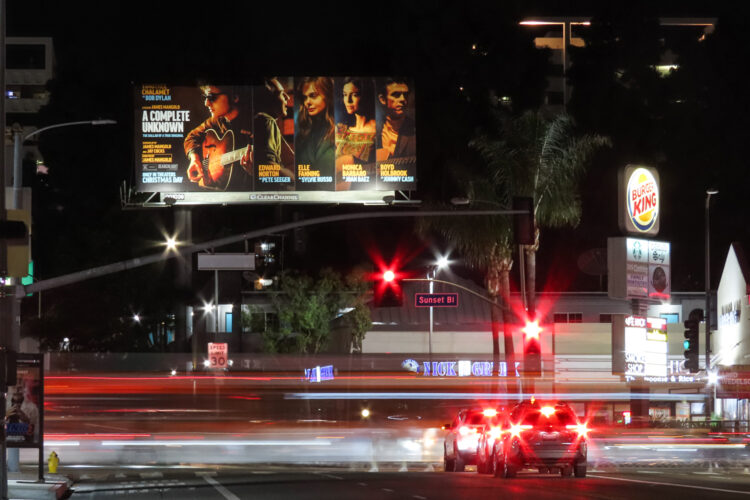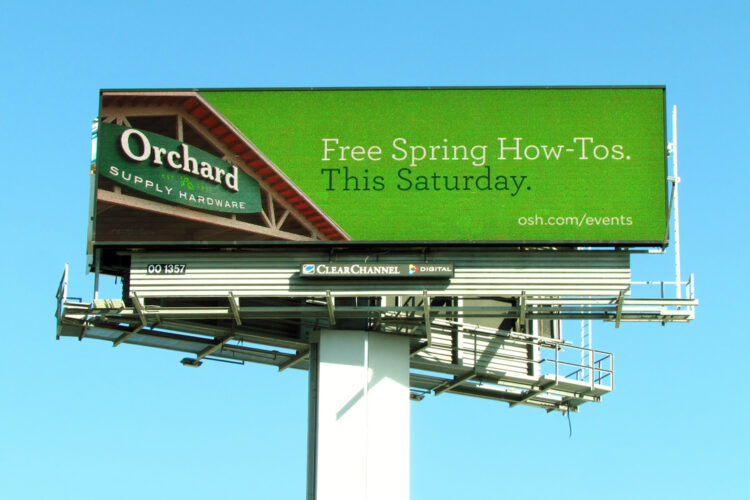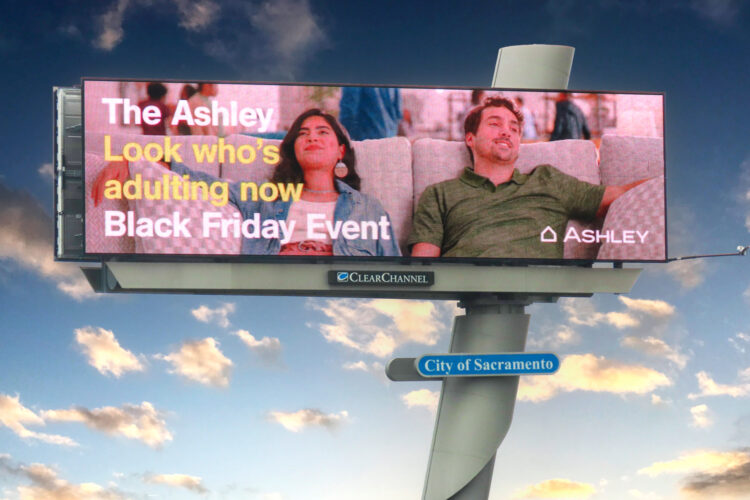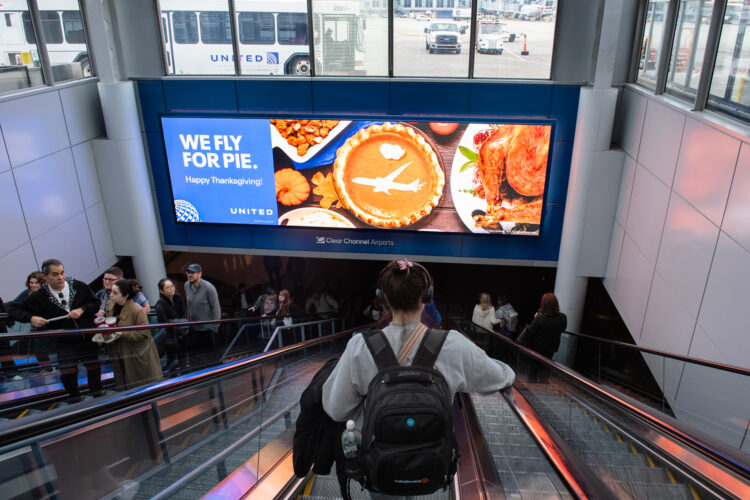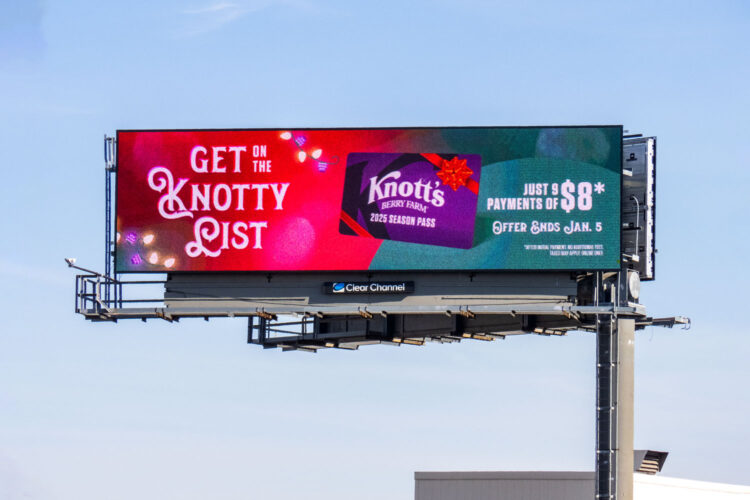Traffic Congestion Tops Among 4 Key Ways for Brands to Reach Summer and Fall Travelers
U.S. traffic congestion underscores the opportunity for brands to connect with audiences on the move. Moreover, the ubiquity of smartphones means consumers are primed to engage with OOH messages, bridging the gap between physical ads, digital interactions and sales outcomes.
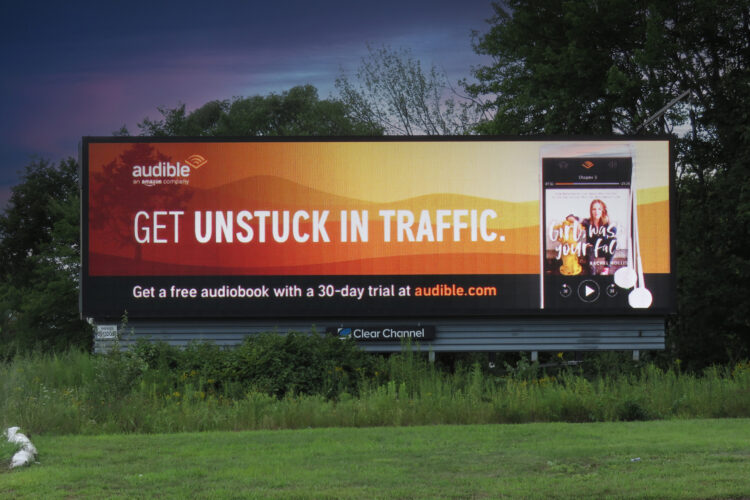
As we navigate the evolving landscape of 2025, brands face the challenge of capturing consumer attention amid economic uncertainties and shifting media consumption habits. Out-of-home (OOH) advertising emerges as a potent solution, offering unique advantages that resonate with today's mobile and digitally connected audiences. Here are four compelling reasons to integrate OOH into your marketing strategy this year:
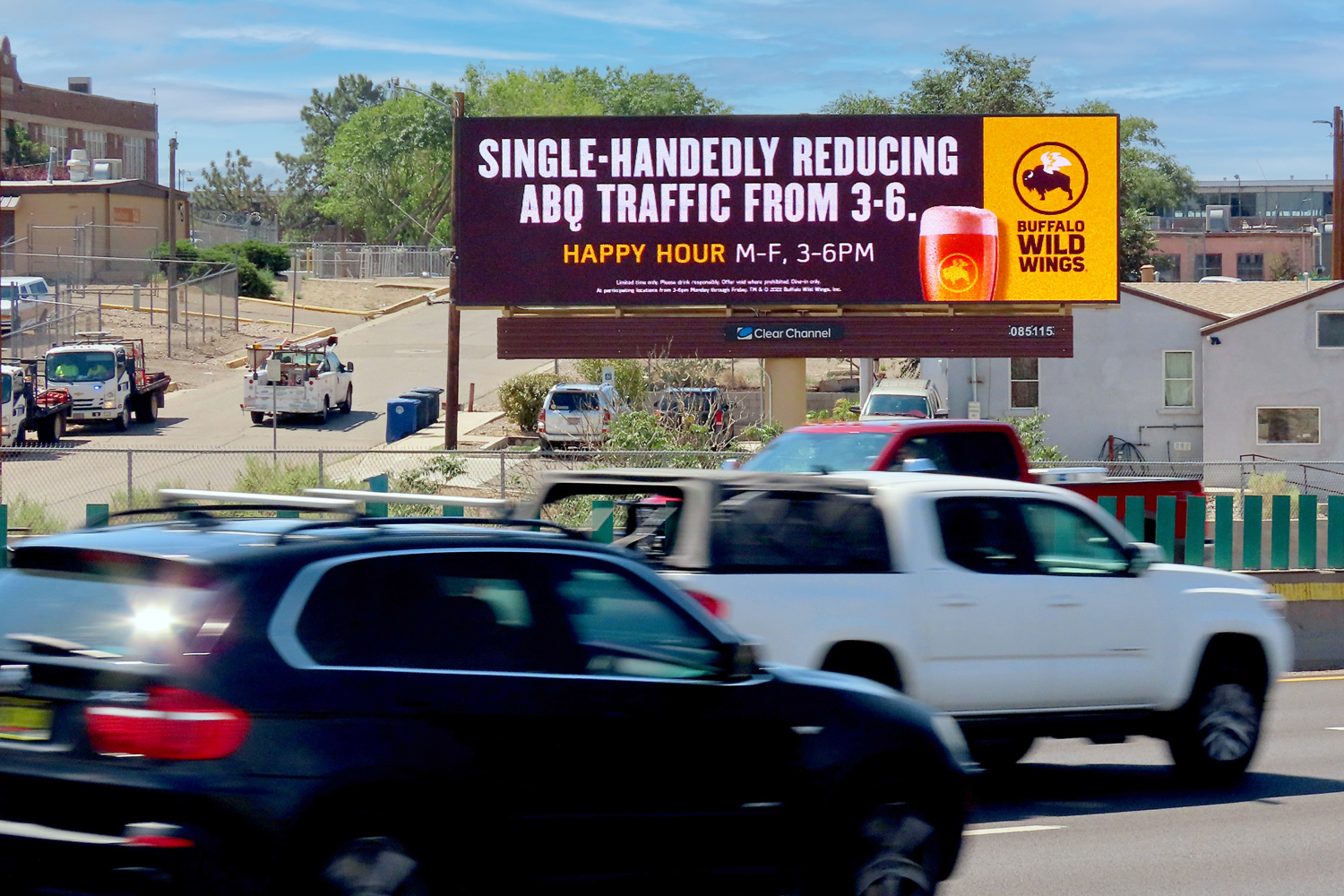
1. Engage consumers where they are
In our increasingly mobile society, consumers spend a significant portion of their time outside the home. OOH advertising effectively reaches them during these moments, whether they're commuting, shopping, or socializing. According to the latest data from the INRIX Global Traffic Scorecard (2024), the average U.S. driver lost 43 hours to traffic, costing them $771 worth of lost time and the US $74 billion. In the U.S., the latest telecommuting data reveals a massive shift in working from home to commuting to the office, led by tech-heavy metro areas like San Jose, San Francisco.
The significant traffic congestion underscores the opportunity for brands to connect with audiences on the move.
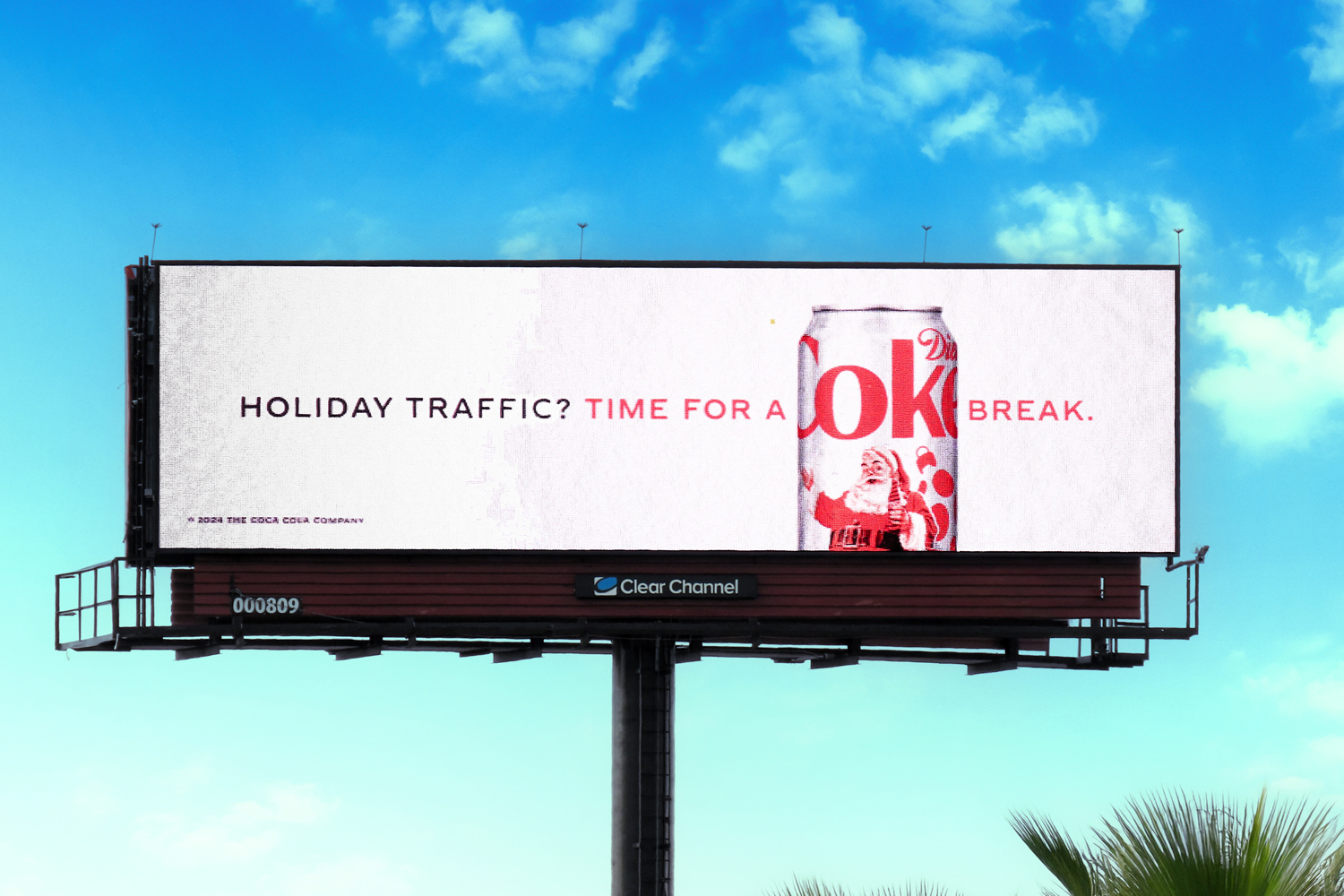
2. Capture attention in a fragmented media landscape
As consumers grow weary of intrusive digital ads, OOH stands out as a non-disruptive medium that complements the environment. Recent findings from the OAAA and Harris Poll (2024) reveal that 73% of consumers view digital OOH (DOOH) ads favorably, and 76% have taken action after seeing a DOOH ad. This positive reception is particularly strong among younger demographics and urban dwellers, making OOH a strategic choice for brands targeting these segments.
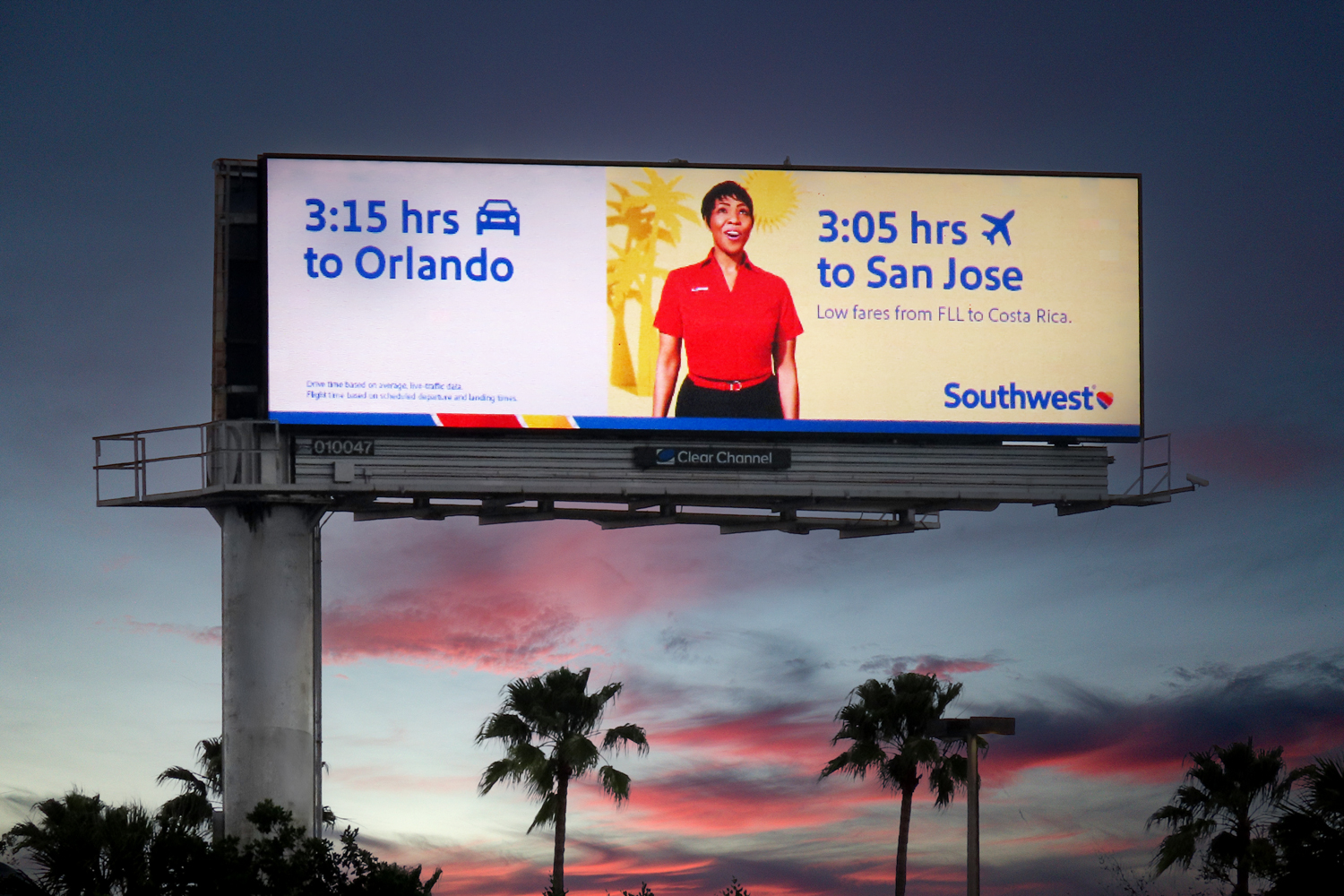
3. Leverage iconic locations for brand storytelling
One of the inherent strengths of OOH is the creative canvas that allows brands to tell their stories at scale. Over the years, many of the world’s largest and most well-known brands, including Coca Cola, McDonald’s, Geico and Anheuser-Busch (the list goes on), have leveraged the creative impact of OOH to build brand awareness and drive business results. And these brands still use out of home in a strategic way to connect with their customers and tell their stories with creative impact. OOH offers unparalleled opportunities for brands to tell their stories in high-impact locations. From Times Square to transit hubs to airports, these venues provide a canvas for creative expression that can amplify brand messages. Leading companies like Apple, Amazon, and McDonald's continue to invest in OOH to enhance visibility and drive engagement.
But OOH is much more than Times Square. In fact, OOH displays in some of the fastest growing markets give advertisers the ability to reach consumers in emerging locations that are attracting more people and growing faster than the national population. These markets are also attracting many of the demographics that are most in demand from advertisers today.
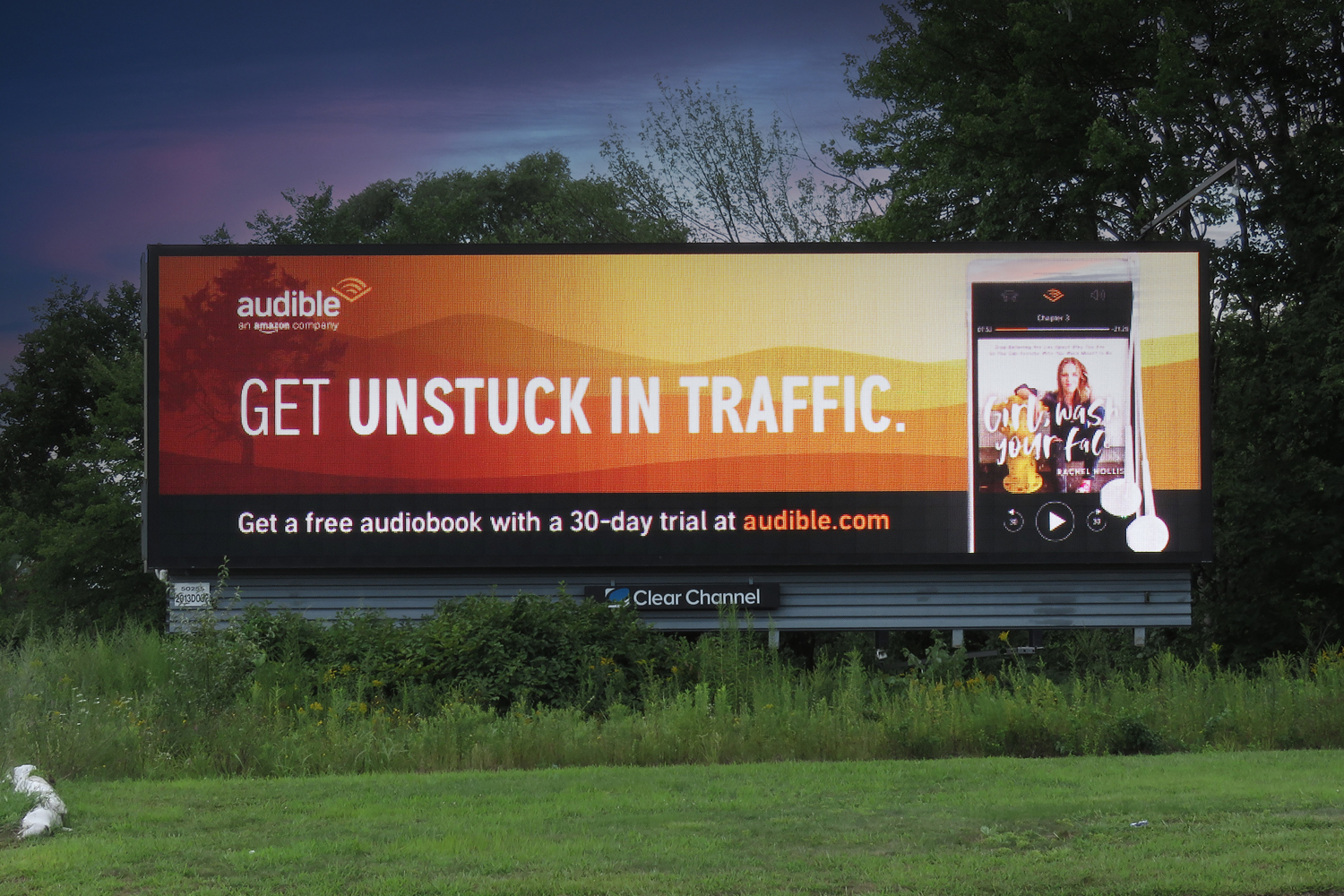
4. Drive measurable digital engagement
OOH doesn't just build brand awareness—it also drives digital actions. Addtionally, OAAA/Harris Poll studies indicate that OOH advertising effectively prompts online searches, website visits, and app downloads. For instance, 51% of consumers who noticed directional DOOH ads visited the advertised business, and 93% of those visitors made a purchase. By integrating OOH with digital strategies, brands can create cohesive campaigns that lead consumers from physical impressions to online conversions.
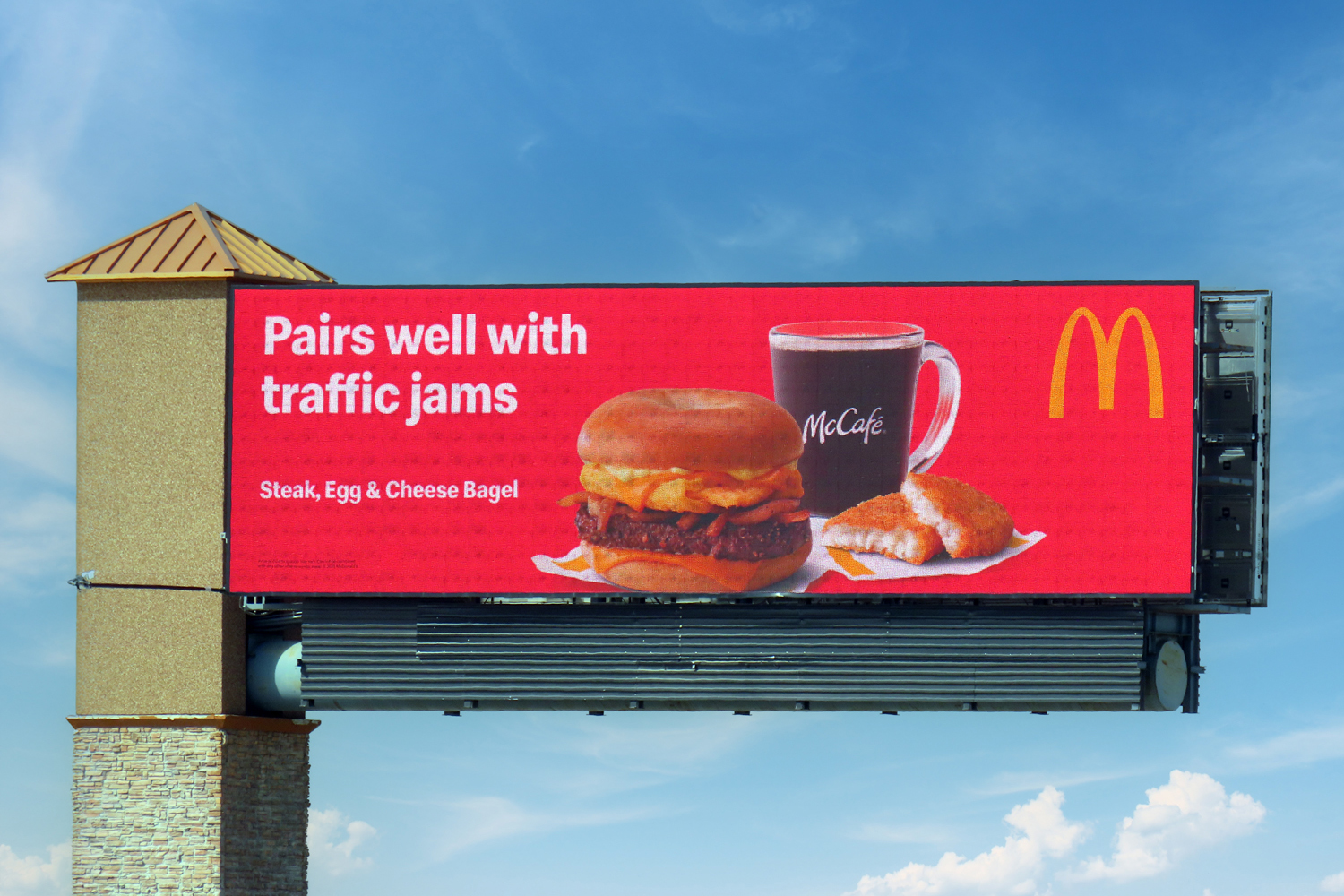
Conclusion
Incorporating OOH into your advertising strategy offers a multifaceted approach to reach and engage consumers effectively. By meeting audiences where they are, standing out in a crowded media landscape, utilizing iconic locations for storytelling, and driving measurable digital engagement, OOH provides a robust platform to amplify your brand's presence and impact.

Andrew Marcus
Senior Vice President of Research & Insights
Andrew Marcus oversees research strategies at CCO that drive innovation and growth across business lines. A veteran out-of-home (OOH) media researcher with three decades of experience, he leads a team that produces research services advancing the company’s research initiatives. Andrew also serves on committees for Geopath, Out of Home Advertising Association of America (OAAA) and the Media Rating Council (MRC). A voice of support and insight, Andrew lends his mindshare to numerous industry research initiatives and sits on committees for organizations, including Geopath, Out of Home Advertising Association of America (OAAA) and the Media Rating Council (MRC).
More by AndrewExplore More Posts
OOH Spring Campaigns: Creative Strategies to Make Your Brand Blossom in 2026
Spring brings a renewed mindset for consumers, focused on fresh starts, special moments, and new purchases. Brands can capture this energy with billboard campaigns that inspire action during the season.
2 min
OOH Drives Engagement and Sales for much-anticipated Black Friday Shopping Events
Whether promoting a one-day doorbuster or a multi-week campaign, Out-of-Home (OOH) advertising is a door-buster for marketers to win this holiday season kick-off.
4 min
Maximize Holiday Reach with the Leader in Airport Advertising
Engage holiday travelers and boost brand visibility with our exclusive airport media programs in 55 commercial airports, reaching over half of all U.S. travelers each week.
3 min
Billboards Deliver During the Holiday Shopping Season and Beyond
Billboard advertising delivers impact, online engagement, and measurable outcomes. And for brands prepping for the holidays, billboards deliver shoppers to your doorstep.

